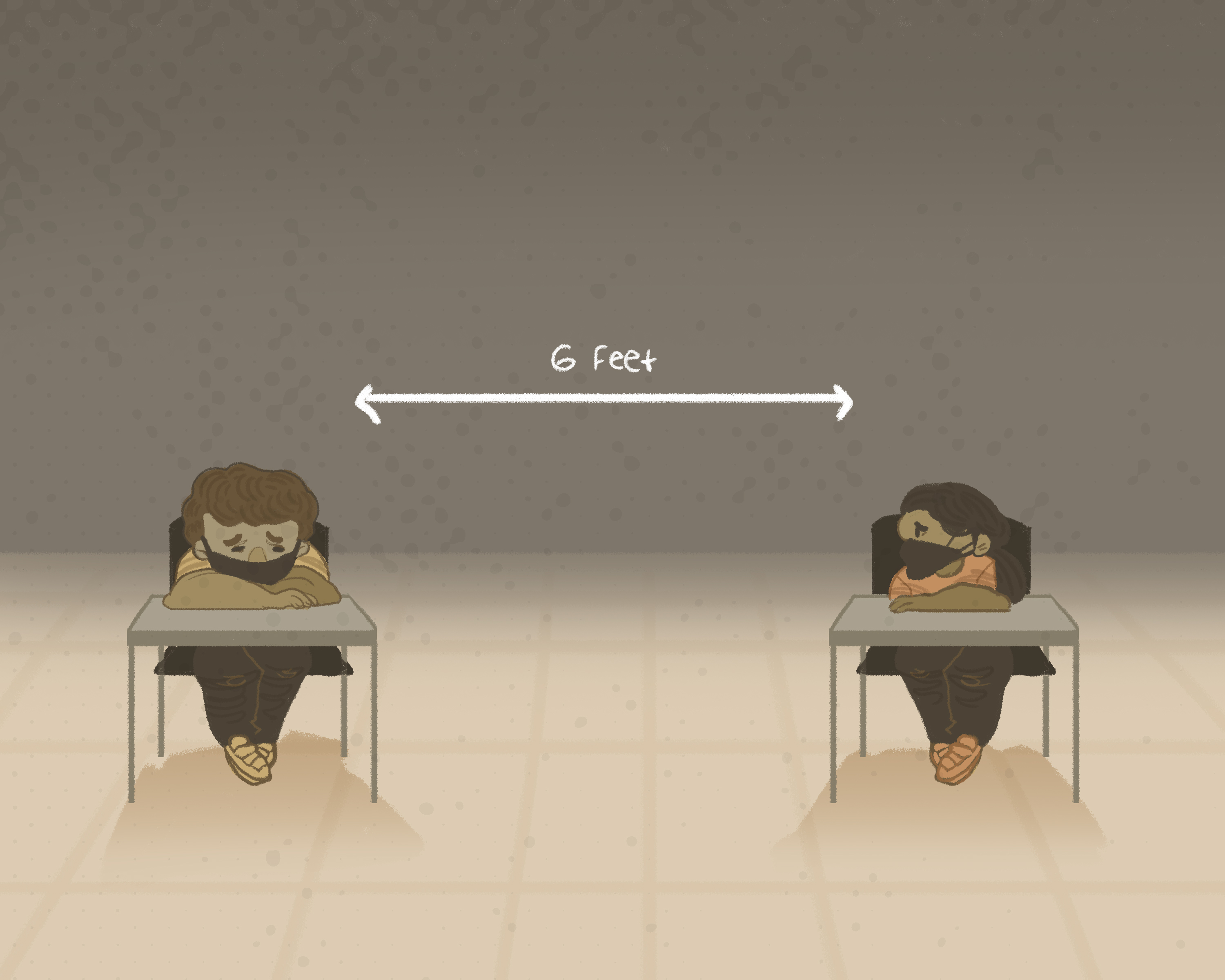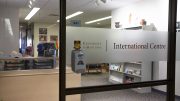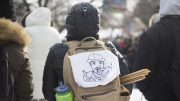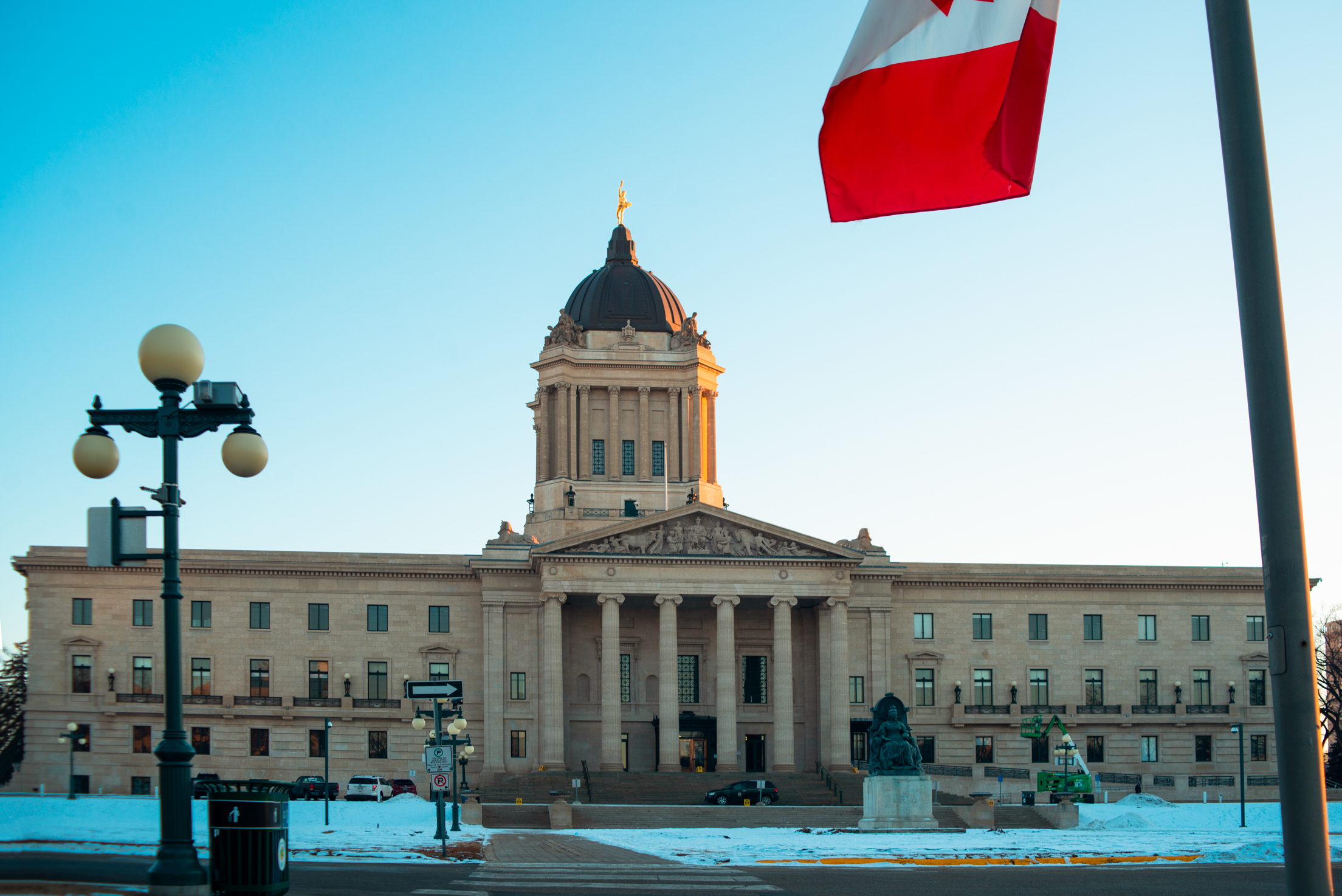Less than three weeks after the first day of full-time school for elementary and secondary students in Manitoba, the province has seen a spike in cases of the novel coronavirus in some schools.
Students from kindergarten to Grade 8 have returned full time, while high school students are returning for up to five days a week if physical distancing can be effectively implemented.
Sadly, this was to be expected with the province’s back to school plan.
This unfortunate but anticipated news comes after a cry for help to the Manitoba government from teachers, parents and community members asking for measures to be put in place for a safe return to school.
The requests were not unreasonable: mandatory mask use for all teachers, staff and students, reducing class sizes to incorporate physical distancing, assessing and updating ventilation or filtration systems where necessary and providing employees who wish to work from home opportunities to do so.
In other words, the province was simply asked to ensure a safe work environment for staff and a safe learning environment for students.
Premier Brian Pallister — a former teacher — has said that, despite the dangers, “children learn better in schools.”
What he fails to understand is that, if it is true that kids do learn better when physically attending schools, it is only true under optimal circumstances.
Do kids learn better in an environment in which they are likely afraid due to the possible spread of COVID-19?
Do kids learn better from teachers who are under immense pressure to enforce sanitization, physical distancing and mask use?
Do kids learn better from teachers who may feel uncomfortable being at work each day?
To most, these questions answer themselves.
What’s most upsetting is that remote learning is possible — Pallister is simply choosing not to go the safe route.
While some remote learning is to be expected for high school students, online learning is only being used as a last resort at one school that has seen a rise in COVID-19 cases, and only after the cases have been confirmed. Even then, it is only Grades 6 to 8 and a split class of Grades 4 and 5 students that are switching to a remote learning environment. Beyond this, remote learning will only be used for up to two weeks until it is designated “safe” to return to school.
This is too little, too late. And this won’t be the first time, either.
With the abrupt switches to remote learning and no notice every time a series of confirmed cases occurs, teachers will struggle to prepare materials for online delivery and parents will have to scramble to ensure someone is home with their children during the day.
This could have all been avoided with a plan for remote education — or a plan for shortened and divided in-person learning — from the first day of school.
Although the province took initiatives to close schools back in March, the lack of interest in closing schools now that the risks are much higher is troubling.
While the province did put some measures in place for a safe reopening this fall, the efforts have already proven to be inadequate.
In August, the province made masks mandatory in schools for students in Grades 4 to 12 when physical distancing is not possible.
However, for children who are younger than the aforementioned age groups, it has been left to the discretion of parents to decide whether their children should wear a mask at school or not.
Although all students are required to wear masks on the school bus, this is a requirement that would be difficult to enforce, and considering the number of children using school buses, proper physical distancing is out of the question.
Does the government really expect a bus full of kids to not only wear their masks properly, but to keep their masks on at all times, even when out of sight of adults? After all, it’s no secret that children tend to defy rules given the chance.
Further, if mask use on school buses is as “mandatory” as it is on Winnipeg transit buses, we’re in big trouble. Though masks are required on transit buses, it’s rare to see the rule enforced.
Although hand sanitizer placed throughout a school may seem like an active step in the right direction, we must remember that proper sanitization requires initiative from the students.
Can we expect young students to be sanitizing or washing their hands as frequently as recommended? It isn’t as easy as putting a bottle of hand sanitizer at the entrance to a room. This would require the child to, of their own accord, remember to use sanitizer as often as needed.
Even if all the right precautions for in-person learning are taken, parents simply do not know if their child is sick and transmitting the novel coronavirus if he or she is asymptomatic. This only heightens the risk of bringing the virus causing COVID-19 into schools and, sadly, the only way to avoid this is to adopt further safety measures or to avoid in-person learning altogether.
If in-person instruction is absolutely necessary, children and staff deserve as much safety as possible. This means smaller class sizes and part-time school days so all students are able to return to school with a higher chance that physical distancing is able to be enforced.
Until the province takes control, the number of active cases of COVID-19 will likely continue to rise.





